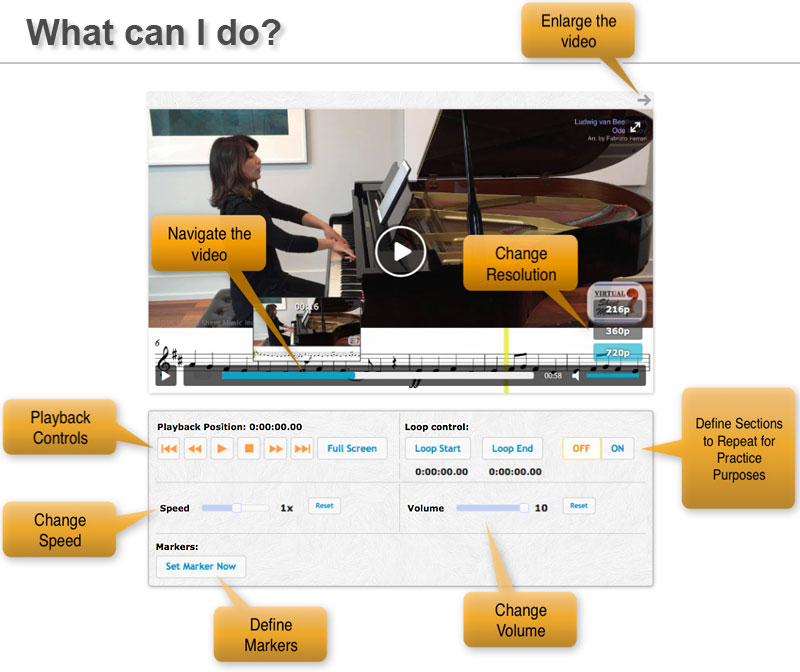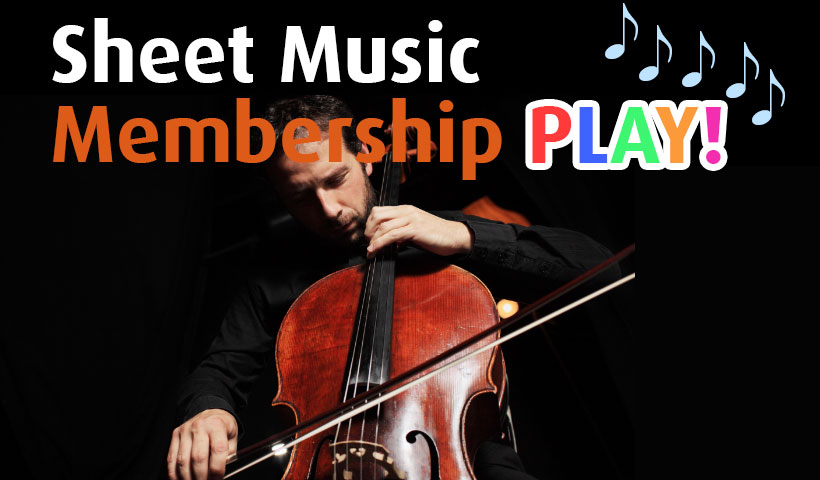Hello and welcome! I have been trained with documents and knowledge about the contents shown on this page. I'll do my best to answer any questions you may have.
Please, give me a moment to answer your first question below... Unfortunately, you have reached the maximum number of questions allowed in a day. Please try again tomorrow. Otherwise, you can buy this video lesson[https://www.virtualsheetmusic.com/cgi-bin/cart/add.php?id=PV-Accolay] or become a Member[https://www.virtualsheetmusic.com/unlimited/] to ask up to 100 daily questions.
Unfortunately, you have reached the maximum number of questions allowed in a day. Please contact us[https://www.virtualsheetmusic.com/contact] if you need to ask more questions or need any help.
AI Music Assistant
Hello and welcome!
This new feature (still experimental) allows you to ask questions related to this video lesson to our AI music assistant (powered by OpenAI ChatGPT), trained to answer as an expert on this video lesson.You may ask questions like "How can this lesson help me?" or "How long is this lesson?" You can also ask questions about the author or anything else you may think of. Just enter your queries inside the field on the top of the displayed music and click the "Ask" button on the left to start chatting. Remember that the assistant cannot perform catalog searches. It is focused only on this video lesson. It could also give you wrong or imperfect answers. In that case, click the "regenerate" button on the side of the answer to replace it with a new one. And, of course, you can provide feedback for each answer so we can improve the system. This is just a preview of the video. Buy it to display and enjoy the complete lesson. REMEMBER: This video is interactive! Use the controls under the video below to speed-up or slow-down the playback, set-up loops and markers. This is the perfect tool for practicing!
The preview of this video has finished. You can either buy this video or play the preview again.
NOTE: It looks like this page didn't load as fast as it should have to play this video correctly. You might experience a choppy video. You may want to try to re-load the page or connect with a faster connection.
Please wait for the video player to appear...
(If nothing appears after a few seconds, try to re-load the page or Contact Us for assistance)
PLEASE NOTE: The Advanced Interactive Player is not avialable on your device. Use a different device to set loops, slow-down or speed-up playback, etc. Please Contact Us for help.
Markers:
About "How to Study the Accolay Concerto" Publisher: Virtual Sheet Music This item includes: High-quality video lesson with interactive player and video download Furthermore, this item includes the ability to ask unlimited questions to our AI Music Assistant [learn more]. Instrumentation: violin Format: video lesson Skill Level: Genre: classical, concert, instructional Video Duration: 40:20 Video Lesson Description: Learn how to study and play the Concerto No. 1 in A minor by Jean Baptiste Accolay for violin with this premium video lesson by Prof. Roy Sonne. Prof. Sonne gives you a very detailed, step-by-step lesson with clear and easy to understand tips for every single passage. The focus is on finding the pathway between technique and musical expression. Some interesting insights about the Accolay Concerto from Prof. Roy Sonne: Accolay! The mystery man! We know almost nothing about him - which is amazing when you stop to think that just about every violin student in the world studies his A Minor Concerto. That is to say, every violin student who sticks with it for a while. Usually you're ready for the Accolay about your fourth or fifth year of study. So, what do we know about Mr. Jean Baptiste Accolay? We have some dates. He was born in 1833 and died in 1900. We think he was French, or perhaps he was Belgian. And that's about the extent of it. That's all we know. And none of that is certain. Because a lot of people think that Accolay really never existed - that Accolay was in fact a pseudonym that was used by Henri Vieuxtemps who was one of the great French violinists, and violinist-composers around the middle of the nineteenth century. Personally, I think that the musical style of the Accolay Concerto reflects a somewhat earlier time period - around 40 or 50 years earlier, perhaps around 1810 or 1820, right at the transition point from the classical era into the romantic era. So that would make him contemporary with Beethoven. It also means he was writing at the same time as Rossini and Carl Maria von Weber, as well as some very familiar violinist composers such as Kreutzer and Mazas. It helps us to know these things. First of all it helps us to become cultured individuals and to gain a broad, detailed picture of our musical culture. And secondly it helps us to make stylistic connections - it helps us to apply things from one piece to the next and establish similarities. We might, for instance, be playing along in the Accolay Concerto and we'll come to a passage and we'll say, "Oh yeah! That's just like that Mazas etude that I just played last month." And then we have a better understanding of how to play it, and we also begin to see how our entire musical repertoire is related. One piece is related to the next. One composer learned from the composers before him and fed into the composers after him. So, without any further ado, let's get started on the Accolay Concerto. About the Author: Private violin instruction, clinics and workshops for high school string players and community orchestras, recitals, chamber music, concertos, conducting, piano accompaniment for violinists, an after-school music program for Pittsburgh's youth - these are just a few of the endeavors that keep Roy Sonne busy since his retirement from 28 years as a violinist with the Pittsburgh Symphony Orchestra, and 20 years as Music Director of the Edgewood Symphony. Roy is also the creator of the School of Violin Artistry, which sponsors a series of instructional videos dedicated to "Finding the Pathway between technique and musical expression." Somehow, Roy finds time to work with violinists in Bolivia, where he once served as the concert Master and conductor of the National Symphony Orchestra. In retirement, he has even discovered a love of jazz, and is the founder of Strings Without Boundaries - a string and fiddling camp dedicated to introducing and cultivating jazz musicianship among classically-trained musicians. Product Info
30-Day Money Back Guarantee

|
||||||||||||||





